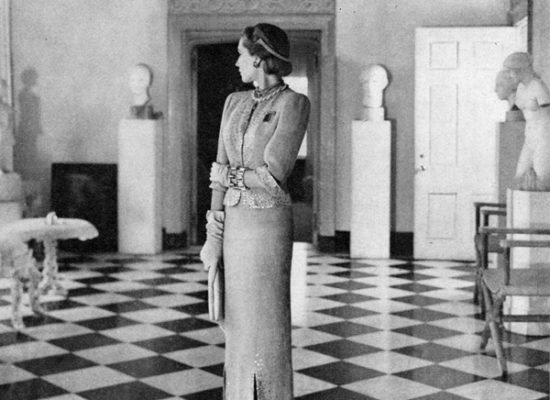Art & Exhibitions
Discover Helena Rubinstein’s Secret Empire of Beauty
The cosmetics entrepreneur was the first to place art in beauty salons.
The cosmetics entrepreneur was the first to place art in beauty salons.
David Ebony


This season, New York has the distinction of hosting extraordinary art collections assembled by two cosmetics magnates. Currently on view at the Metropolitan Museum of Art is the billion-dollar trove of Cubist masterpieces acquired over the past forty years by Estée Lauder chairman emeritus Leonard A. Lauder, a promised gift to the museum.
Opening today at the Jewish Museum, “Helena Rubinstein: Beauty is Power” is a visually stunning and thought-provoking exhibition centered on the life and treasured art works of a proto-feminist pioneer. Born in Poland, Helena Rubinstein (1872–1965) immigrated to Australia, where she set up a cosmetics and beauty salon business in 1904 that would soon become a global enterprise. Brandishing the slogan “Beauty is Power,” she succeeded as few others had in the male-dominated business world of the early 20th century, especially as a Jewish woman from Central Europe establishing herself in the world’s fashion capitals. She also happened to have very good taste in art, and her adventurous spirit gravitated to the avant-garde.
Works from her collection included in the show, by Picasso, Matisse, Léger, Miró, Max Ernst, Frida Kahlo, Leonor Fini, and Andy Warhol, are a testament to her understanding of the advanced art of her day. Rubinstein was a longtime friend of Dalí, who she commissioned to decorate her various apartments in Paris, London, and New York. With Picasso, she shared a love of African art, and became something of an expert in the field. One memorable display in the show features her extensive collection of marble sculptures by Elie Nadelman juxtaposed with some of her prized African wood carvings.
Far ahead of her time, Rubinstein, who employees and friends alike referred to as “Madame,” explored the concept of branding her own image to help promote her cosmetics business. She was not a beautiful woman in conventional terms, but her sense of fashion and glamour come across in the many portraits of herself she commissioned. Outstanding here are paintings by Marie Laurencin, Christian Bérard, and especially a large, resplendent 1957 canvas by Graham Sutherland, one of the best examples of the British artist’s portraiture.
Also included in the show, organized by museum curator Mason Klein, is a wide array of documentary material and photographs that help illuminate the life and times of this unique and prescient character.
“Helena Rubinstein: Beauty is Power” is on view at the Jewish Museum through March 22, the show travels to the Boca Raton Museum of Art, FL. (April 21-July 12, 2015).